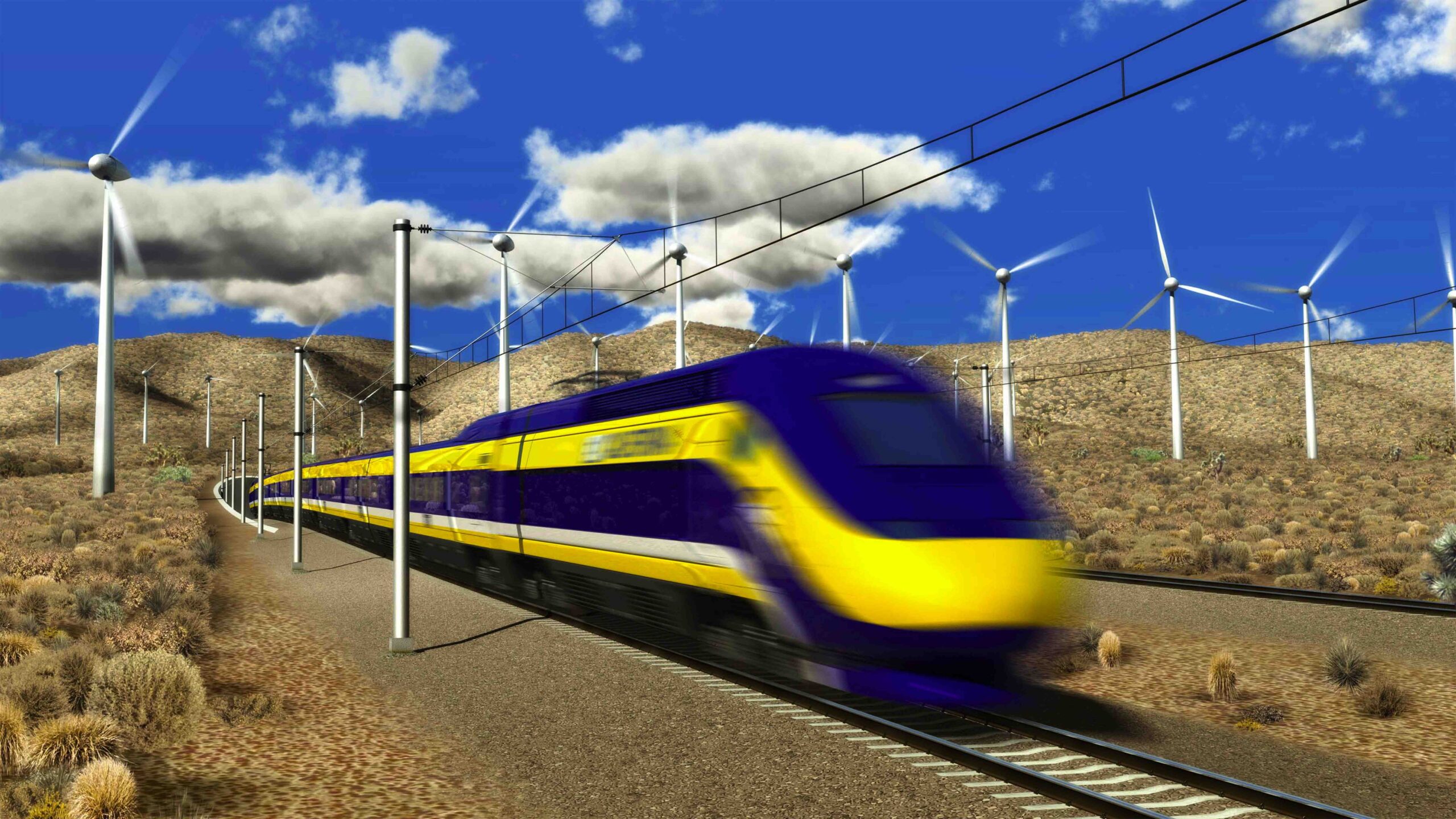SHERMAN OAKS—Plans for a new bullet train in the future are being decided, but some Southern California residents are actively fighting to overturn the process.
The bullet train which has been discussed for over a decade, and the $68 billion project is in the works to become a reality. The train connects two of the largest cities in California, Los Angeles to San Francisco, which normally takes around a 6-hour car drive. The proposed bullet train will make the trip a mere 2 and half hours, and nearly follows the California 14 route. The train was voted on in 2008 and at the time received a 53 percent approval rate.
On Tuesday, June 9, groups of opposition met in Downtown Los Angeles to protest the project, chanting “Hell no! High speed rail has got to go!” About 150 people appeared before an eight-person California High Speed Authority Board to testify against the train. Officials are moving to more detailed aspects of the proposal, causing people to turn to lawsuits, demands for underground routes, and even demands of ending the process all together.
Many communities throughout the proposed route, mostly elite, urban groups, are asserting that the planned route is an environmental injustice. Instead many people are calling for the route to only follow an underground passage. The outside communities resist an underground passage as it could interfere with well water. Many low income, minority communities also oppose the train. Areas such as San Fernando and Pacoima criticize the implementation of 20 foot walls to accommodate the train, which many believe will divide cities.
There was also a 62-page analysis on the bullet train released before Tuesday’s board meeting, which focused on the impacts the train might have. According to the analysis originally released on June 4, just the train area from Burbank to Palmdale alone could disturb thousands of residents. The vibration and noise in just those areas could affect up to 20,000 homes, 48 churches, 47 schools, and 25 parks. The train is scheduled for completion in 2029.






